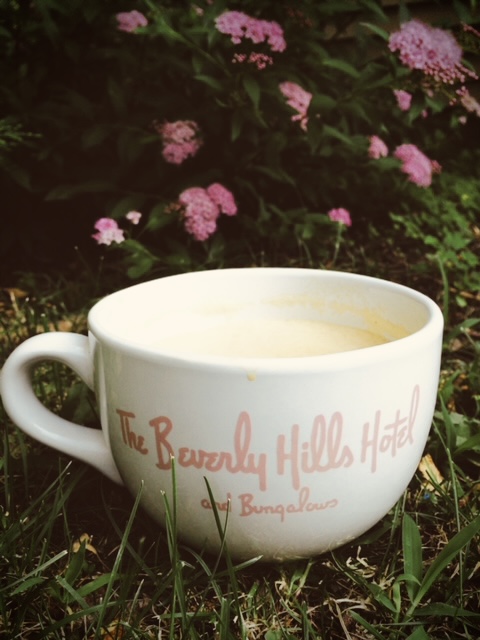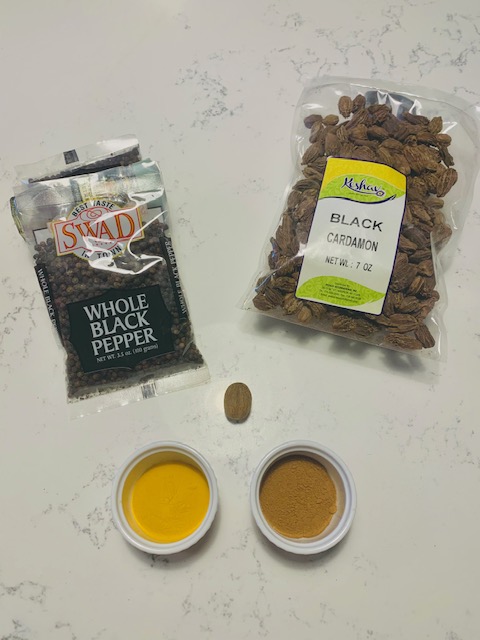
My love affair with coffee has been well-documented. Though I started out with a take-it-or-leave-it attitude towards the watery brew found at convenience stores and diners, my mind changed irrevocably during my first trip abroad. Thanks to fate, I spent a summer studying in Italy and was reborn. I thought it would be the pasta that would dazzle me, but it was their coffee beans: robust, and uniformly excellent. The aroma of Italian coffee and espresso drinks beckoned from every corner of Siena, Italy: at bakeries, restaurants, and dedicated coffee bars. And I don’t mean anything akin to Maxwell House, but for an uninitiated American, there was a learning curve. I initially recoiled from the jet-black liquid served in cups that looked as though they belonged at a children’s tea party. Never one to drink coffee black, I chose instead the elixir known as cappuccino: a warm drink where the bitterness of the espresso is tempered with a mollifying dose of steamed milk. There was an intensity present at the Italian coffee bars, whose layout had little if any seating. Usually, Italians toted their treasured coffee cups to high-top tables where they briskly sipped their shots of espresso or pale-brown lattes while standing. The ritual ended with an emphatic drop of the cup to the countertop in a way that said, ‘THAT was satisfying.’ The cherished interlude was officially concluded with a napkin dab to the lips and then the said espresso lover would briskly disappear down the cobblestone street. Once exposed to the depth and richness of Italian Espresso, I was forever changed and sought it with a vengeance once I returned to the states. The year was 1987, not an easy task since the espresso-wave had yet to take root at a national level. It was still considered a boutique hobby at the time, but I persisted until finding a proper roast. I think you get the picture: I’m a coffee-lover. Majorly. It was and is a beloved part of my morning ritual and that’s where I leave it. The rest of the day is spent drinking water and herbal tea. I never abused coffee but always loved it with a loyal passion.
As an armchair student of Ayurveda, Chinese medicine, and other wellness modalities, I know caffeine isn’t the best thing for me. But it’s also hardly, in reasonable amounts, a powder keg of destruction. But I’m also now just as interested in studying the scroll that is my body’s wisdom (see my August blog). So, even though I’ve no plans to give up my morning delight (that would have a too punitive a ring, ala dieting), I often crave a good cup of something warm, flavorful, and soothing during winter afternoons and evenings. Years ago my first Kundalini Yoga teacher, Danielle Lyons, gave me a recipe for an energizing chai that included peppercorns, turmeric, and cinnamon.

It sounded strange to be steeping peppercorns for a hot drink, but as Danielle pointed out, every ingredient in Ayurvedic medicine has a purpose, and peppercorns are excellent for adding heat to the internal furnace of our digestive systems, which are often made sluggish with sweet, heavy foods and cold winter weather. Cinnamon and turmeric are high in anti-oxidants and anti-inflammatory, and nutmeg is good for the skin and immune system. So many mix-and-match possibilities! I made a batch yesterday and added a few more ingredients and found it nourishing, comforting, energizing, and endearingly kind – my body gratefully registered the difference between this and sugary caffeinated drive-thru drinks.

A word about sugar: we all know it’s to be used sparingly for a variety of reasons. That said, I’m not the sugar police, but I wouldn’t advise heavy-handed sweetening of your chai, or it’ll defeat the medicinal purpose. I drink spice chais unsweetened, but if that prospect is thoroughly unappealing to you, try a moderate amount of date syrup, honey, or maple syrup. Traditional Masala chai is made with a black tea base. When I’m in the mood for a tea-based chai, I prefer Roobios, an aromatic, vanilla-tinged herbal tea. Most of the time, I go with warm almond milk and spices.

The key to a nourishing chai is allowing enough time for a slow simmering of ingredients like peppercorns, cardamom pods, and cinnamon sticks. Using sugar-free vegan milk as the base, the properties of the slowly-steeped spices alchemize into a drink that both nourishes my body and tastes good. I bring all ingredients to just under a boil, then shut the heat off and let it steep for an hour or two. Then I fish the solids out with a slotted spoon and discard before drinking. It’s a great idea to make a big batch so you don’t. have to watch the clock when a craving hits.
The solid versions of spices are found in most supermarkets and import stores. And if you don’t have the solid forms of pepper, nutmeg, cloves, cinnamon, and cardamom, ground versions are fine. Just heat milk in a saucepan (no microwaves, PLEASE) until just bubbling, add the desired level of spicedom (it’s individual), and blitz in a blender or Vitamix for a frothy, delicious treat that treats your body like the royalty that it is.


